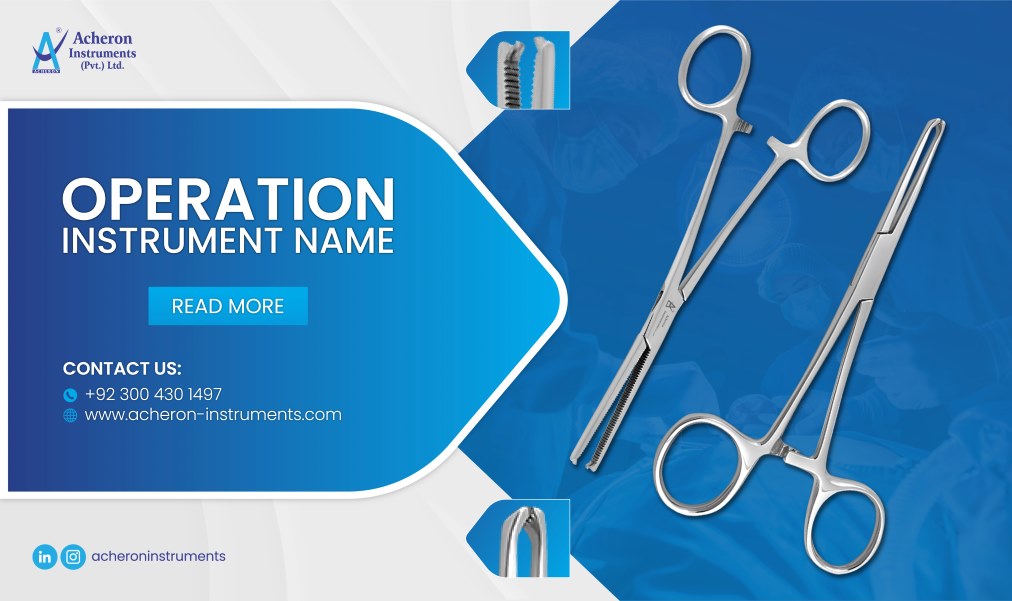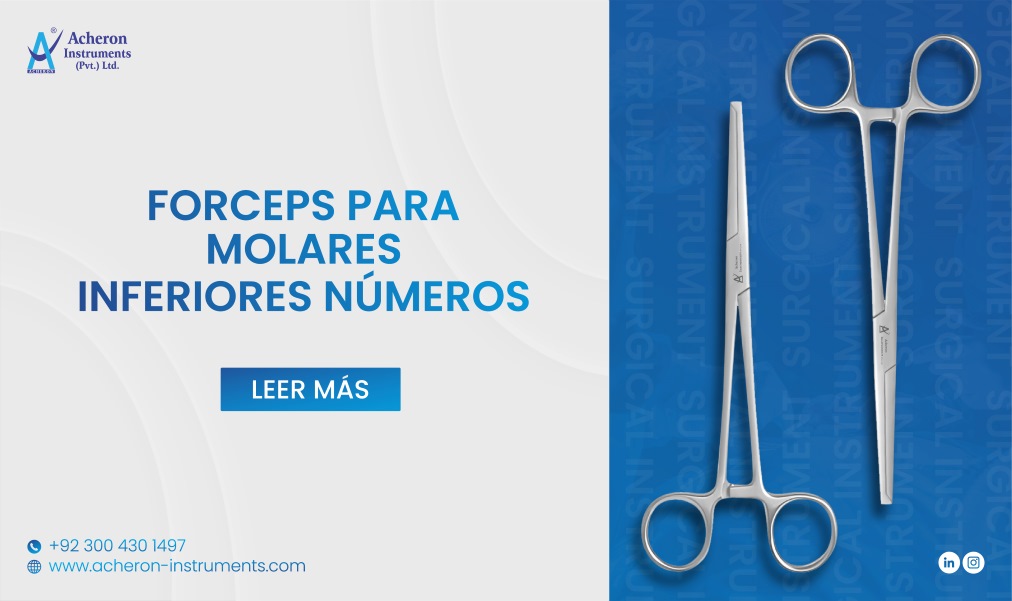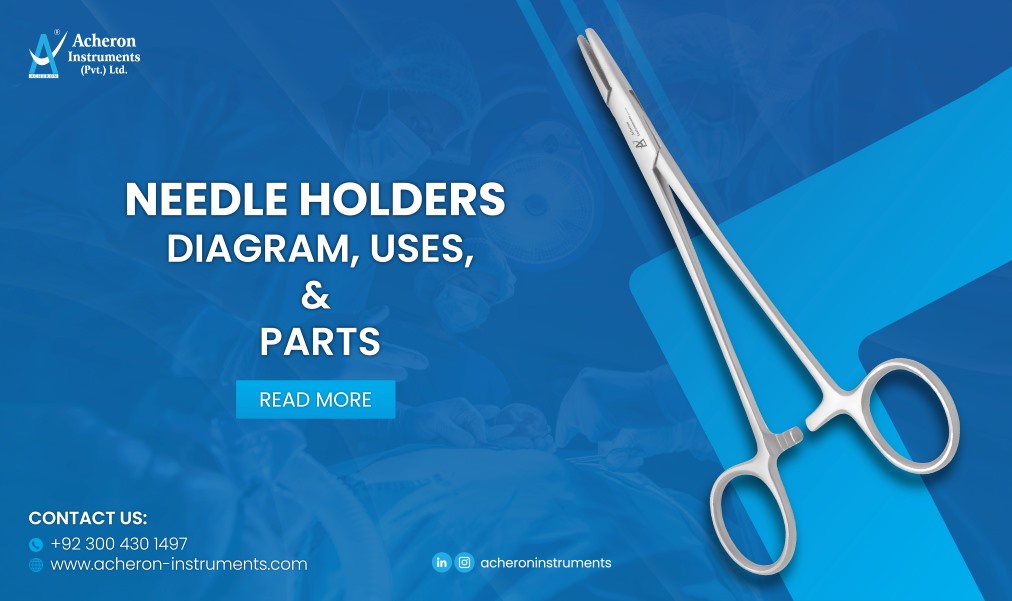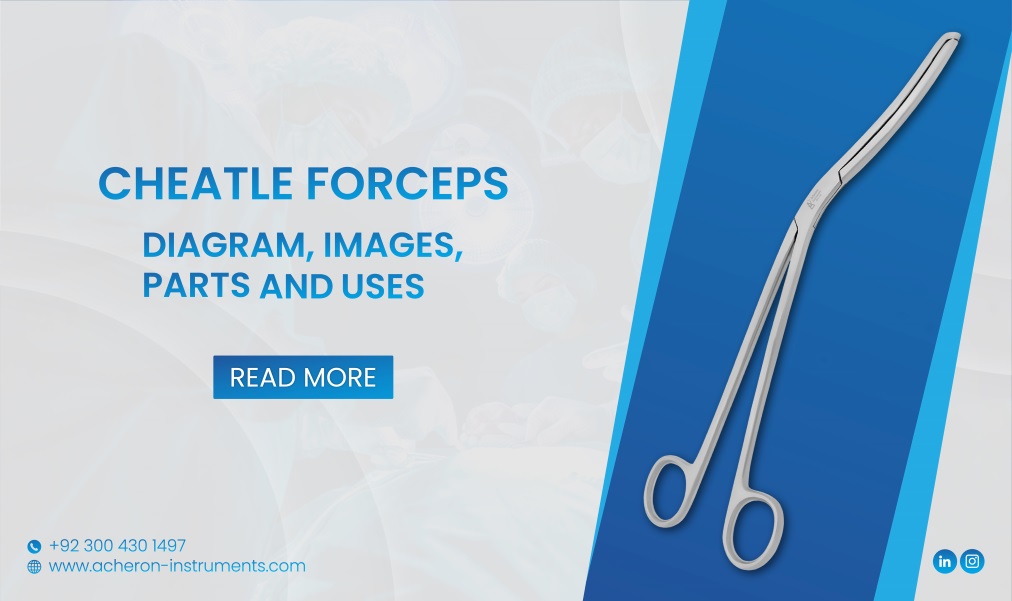Dental instrument sharpening is a critical aspect of maintaining a high standard of patient care in any dental practice. Sharp instruments not only make treatment procedures more efficient but also contribute to the overall comfort and satisfaction of patients. However, the process of sharpening dental instruments requires precision and expertise to ensure safety and effectiveness.
One often overlooked aspect of dental instrument sharpening is the impact on infection control. If instruments are not properly sharpened, they can cause trauma to tissues, leading to increased risk of infection for both patients and practitioners. Additionally, dull instruments may require more force during use, leading to a higher incidence of hand fatigue and musculoskeletal injuries among dental professionals.
Furthermore, investing in high-quality sharpening tools and regularly scheduled maintenance can significantly extend the lifespan of expensive dental instruments. By prioritizing regular sharpening protocols, dental practices can mitigate costs associated with frequent instrument replacements while also upholding superior standards of patient care.
.webp)
The Basics of Dental Instrument Sharpening
Dental instrument sharpening is a crucial aspect of maintaining the efficiency and effectiveness of dental tools. Not only does sharp instrumentation contribute to improved patient outcomes, but it also reduces the strain on dental professionals by allowing for smoother, more precise procedures. One key insight into instrument sharpening is the importance of regular maintenance to prevent excessive blunting, which can lead to increased pressure during use and compromised treatment quality.
Another fresh perspective on this topic revolves around the variety of sharpening methods available, each with its own advantages. While some may prefer manual sharpening techniques for their tactile feedback and precision control, others may opt for automated systems that offer consistency and time efficiency. Understanding these different approaches can help dental professionals select the most suitable method for their specific needs. In conclusion, recognizing the significance of regular maintenance and exploring various sharpening methods are both essential components of ensuring optimal dental instrument performance.
Tools of the Trade: Sharpening Equipment and Materials
When it comes to dental instrument sharpening, having the right tools and materials is crucial for achieving precision and efficiency. One key tool is the sharpening stone, which comes in various grits to accommodate different levels of sharpening. Investing in high-quality stones can make a world of difference in maintaining the sharpness of dental instruments.
Another essential piece of equipment is the sharpening guide, which helps maintain consistent angles while sharpening. Whether using a manual or electric system, having a reliable guide can ensure that each instrument is honed to perfection. Additionally, considering the longevity and durability of these tools is paramount for ensuring that they stand the test of time in a busy dental practice.
In addition to traditional methods, advancements in technology have introduced automated sharpeners that offer precision and convenience. These modern solutions provide efficient sharpening processes while minimizing human error. When selecting sharpening equipment and materials, it's important to carefully assess the specific needs of the practice and prioritize investments that will enhance performance and quality care for patients.
Step-by-Step Guide to Dental Instrument Sharpening
Dental instrument sharpening is a vital skill that every dental professional should master. The key to successful sharpening lies in understanding the nuances of different dental instruments and their unique edges. Utilizing the appropriate sharpening techniques and tools is crucial for maintaining optimal performance and longevity of these instruments.
The first step in dental instrument sharpening involves a thorough inspection of the tool's edge to identify any nicks or dull areas. Once identified, careful honing and shaping can restore the edge to its original efficiency. It's important to note that each type of dental instrument requires specific sharpening methods, such as using a stone for hand instruments or utilizing a specialized machine for rotary instruments. By following these meticulous steps, dental professionals can ensure that their instruments deliver precise results and provide exceptional patient care.
Mastering the art of dental instrument sharpening not only enhances the functionality of the tools but also promotes cost-effectiveness by prolonging their lifespan. Moreover, it reflects a commitment to excellence in patient care, as sharp instruments contribute to improved accuracy and comfort during procedures. With proper training and consistent practice, dental professionals can elevate their clinical performance through proficient instrument maintenance and keep patients smiling brightly with every visit.
Different Types of Dental Instruments and Their Sharpening Needs
When it comes to dental instruments, there is a wide variety of tools that are essential for carrying out various procedures. From scalers and curettes to mirrors and probes, each instrument serves a specific purpose in maintaining oral hygiene. However, with frequent use, these instruments can lose their sharpness, compromising their effectiveness during dental procedures. For example, scalers and curettes require regular sharpening to maintain their sharp edges for effective plaque removal and root planing. On the other hand, mirrors and probes need delicate sharpening techniques to ensure precision during examinations and periodontal measurements.
Furthermore, different materials used in dental instruments also affect their sharpening needs. For instance, stainless steel instruments may require a different sharpening approach compared to those made of titanium or carbon steel due to variations in hardness and durability. Understanding the unique sharpening requirements of each type of dental instrument is crucial for ensuring optimal performance and safety during patient care.
Troubleshooting: Common Challenges in Dental Instrument Sharpening
Dental instrument sharpening is a crucial aspect of maintaining dental tools, yet it poses several common challenges that can impede the process. One frequent issue is improper technique, with many dental professionals struggling to achieve the precise angle required for effective sharpening. This can result in blunt instruments and compromised patient care. Additionally, inconsistent sharpening can lead to uneven edges on the instruments, impacting their efficacy during procedures and potentially causing harm to patients.
Moreover, inadequate equipment maintenance may contribute to the challenges of dental instrument sharpening. Neglecting regular cleaning and sterilization of sharpening tools can lead to a buildup of debris and bacteria, affecting the quality of the sharpening process. This not only compromises the effectiveness of the instruments but also raises concerns about cross-contamination in dental settings. Proper training and education on best practices for instrument maintenance are essential in addressing these challenges and ensuring optimal patient care.
Maintaining a Sharpening Schedule: Best Practices
Maintaining a consistent sharpening schedule for dental instruments is crucial for ensuring the highest level of patient care and professional efficiency. By implementing best practices for sharpening, dental professionals can extend the lifespan of their instruments and minimize the risk of patient discomfort during procedures. One key tip is to establish a routine based on instrument usage rather than waiting until tools become noticeably dull. This proactive approach not only reduces the likelihood of oversharpening but also helps to maintain a steady workflow without unexpected interruptions.
In addition to frequency, it's important to consider the quality of sharpening techniques. Investing in high-quality sharpening tools and staying updated on the latest industry methods can enhance both precision and uniformity across all instruments. Furthermore, incorporating regular maintenance into a practice's overall instrument care regimen can prevent unnecessary wear and tear while upholding an impeccable standard of clinical work. By prioritizing a well-organized sharpening schedule and embracing current best practices, dental professionals can fortify their commitment to excellence in patient treatment while optimizing resource management within their practice.
In-House vs. Professional Sharpening Services: Pros and Cons
When it comes to sharpening dental instruments, the decision between in-house sharpening and professional sharpening services can make a significant impact on a dental practice. In-house sharpening offers the convenience of immediate access and control over the process, but it also requires investment in staff training, equipment, and time. On the other hand, professional sharpening services provide expert precision and consistency, saving time and ensuring optimal performance of instruments. However, outsourcing sharpening can lead to potential delays or reliance on external providers.
Professional services often utilize specialized machinery and techniques that may surpass in-house capabilities. This presents a compelling argument for the efficiency and quality assurance offered by external experts. Yet in-house sharpening allows for more immediate adjustments to instrument performance based on day-to-day needs within the practice. Considerations such as cost-effectiveness, quality control, turnaround time, and overall impact on patient care must be carefully weighed when deciding between these two approaches to dental instrument sharpening.
Keeping Your Dental Instruments Sharp: Long-Term Care Tips
Keeping your dental instruments sharp is essential for providing high-quality care to your patients. Proper long-term care can prolong the life of your tools and ensure they remain effective. Start by investing in high-quality, durable instruments that are less prone to dulling. Regular maintenance is crucial; clean and sterilize the tools after each use to prevent buildup that can affect their sharpness.
In addition, consider using a reputable sharpening service to maintain the edges of your instruments. It's also important to store them properly when not in use – a dedicated case or tray can protect them from damage and preserve their sharpness. Lastly, be mindful of how you handle the tools during procedures; avoid unnecessary contact with hard surfaces that could dull them prematurely.
By prioritizing the long-term care of your dental instruments, you can ensure they remain sharp and effective for years to come, ultimately enhancing patient satisfaction and professional performance.
Case Studies: Impact of Sharp Instruments on Dental Procedures
Sharp instruments play a crucial role in dental procedures, affecting the overall efficiency and success of treatments. Case studies have revealed that properly sharpened dental instruments result in precise incisions, reduced tissue trauma, and faster healing for patients. On the other hand, dull or improperly sharpened instruments often lead to prolonged procedure times, increased patient discomfort, and potential complications during surgery.
Dental instrument sharpening has been shown to impact not only the quality of treatment but also the overall satisfaction of both patients and practitioners. Studies indicate that regularly maintaining sharp instruments can enhance a dentist's precision, reduce fatigue during procedures, and ultimately improve patient outcomes. Moreover, efficient instrument sharpening practices contribute to cost savings for dental practices by prolonging the lifespan of these valuable tools while maintaining high standards of care.
Conclusion
In conclusion, proper dental instrument sharpening is crucial for maintaining the efficiency and effectiveness of dental procedures. By regularly sharpening instruments, dental professionals can ensure precise and comfortable treatments for their patients while also extending the lifespan of their tools. Additionally, sharp instruments can reduce the risk of injury to both patients and practitioners. It is important for dental practices to implement a regular sharpening schedule and invest in high-quality sharpening equipment or services to uphold the highest standards of patient care. Ultimately, prioritizing dental instrument sharpening contributes to overall practice success and patient satisfaction. Make a commitment to maintaining sharp instruments for optimal patient care and safety.








